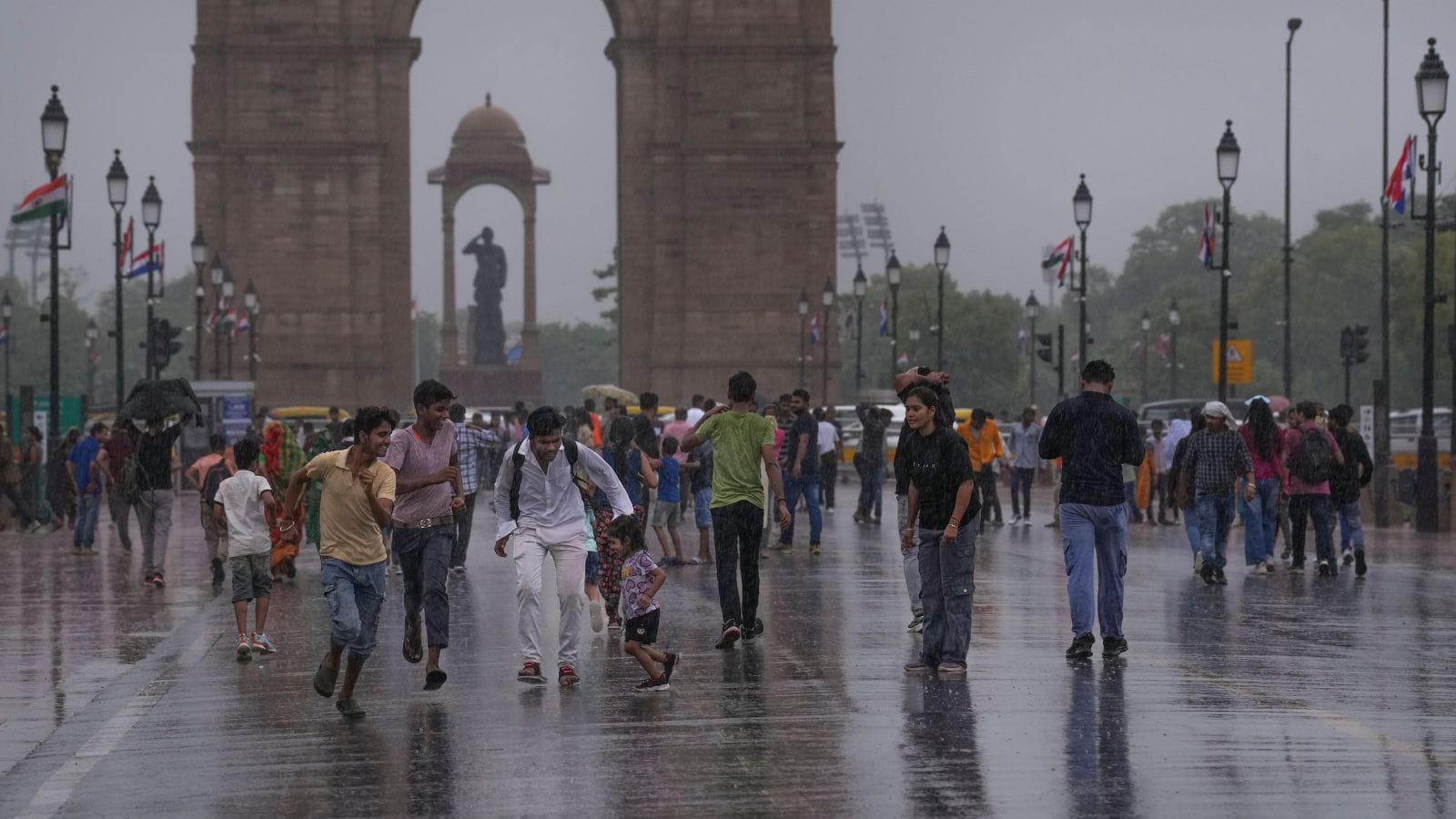ARTICLE AD BOX
Expressing serious concern over the increasing Chinese presence and influence in the Indian Ocean Region (IOR), the Parliamentary Committee on External Affairs has recommended the upgradation of India’s naval assets and boosting the country’s anti-submarine warfare capabilities.
The committee headed by Congress MP Shashi Tharoor, while presenting its Eighth Report on the subject ‘Evaluation of India’s Indian Ocean Strategy’ in Lok Sabha on Monday, also flagged China’s “strengthening ties with Pakistan”. It urged the government to take decisive action by enhancing India’s maritime deterrence through advanced technology, including satellite surveillance.
“Of equal concern is the strengthening of the China-Pakistan naval nexus, which not only facilitates joint military exercises but also advances Pakistan’s naval modernisation,” the panel said. “This cooperation complicates the security situation further… and could destabilise the balance of power in the region.”
On the strategic challenges faced by India in the IOR, the Ministry of External Affairs has stated that these include “threats to maritime traffic, piracy, terrorism, concerns about freedom of navigation and overflights, and concerns of safeguarding sovereignty and of independence”.
Another challenge is the growing presence of extra-regional players in the region, especially China gaining a foothold, MEA said. China has been undertaking several infrastructure projects focusing on ports, airports and logistics sectors for dual use purposes, in addition to deploying research and survey vessels in the region to… collect sensitive oceanography and marine data of the region, the MEA said.
However, it added that to counter the challenges, India has been actively sensitising friendly countries through bilateral and regional forums in IOR to counter these activities. The Colombo Security Conclave, Indian Ocean Rim Association (IORA) and QUAD cooperation are few framework mechanisms, under which India is working closely with countries in the region and with like-minded countries, it said.
The Ministry of Defence was also asked to enumerate the key challenges faced by India in the Indian Ocean Region and efforts taken to tackle them. In a written submission, the Ministry stated that the Indian Navy faces multifaceted challenges in the IOR, encompassing traditional security threats from Naval competition, territorial disputes and growing Chinese naval presence, alongside non-traditional challenges like piracy, trafficking, illegal fishing, maritime terrorism, natural calamities and complex geopolitical dynamics.
Story continues below this ad
As part of this strategy, China is also developing ports and other infrastructure facilities in the littoral countries of the IOR, including in the vicinity of India’s maritime boundary and has a stated goal of becoming a maritime power, the MEA said.
The committee was of the view that India’s leadership role in IOR is both a natural and necessary extension of its geopolitical and economic interests and thereby, it should take a leading role in ensuring the security, stability, and prosperity of the region. The Committee recommended that India should frame a comprehensive and dynamic strategic engagement plan for all 35 littoral states of IOR, grounded in shared common interests.
The Committee also noted that, despite the strategic importance of IOR for India’s national security, economic growth, and geopolitical interests, there remains an absence of a dedicated inter-ministerial mechanism to effectively coordinate and streamline the various facets of India’s Indian Ocean Strategy.
In this regard, the Committee strongly recommended the creation of a comprehensive Inter-Ministerial Task Force, involving key ministries, such as External Affairs, Ministry of Defence, Commerce, Environment, Shipping, Finance and Home Affairs. This will address gaps in coordination, and facilitate efficient execution of India’s strategic priorities in the Indian Ocean, the panel said.



.png)
.png)
.png)


























 English (US) ·
English (US) ·